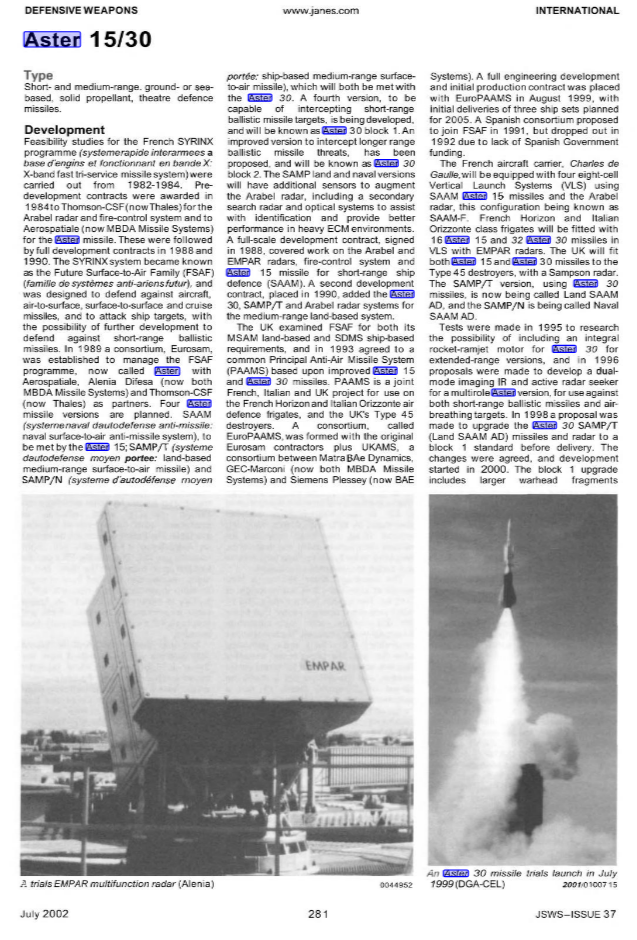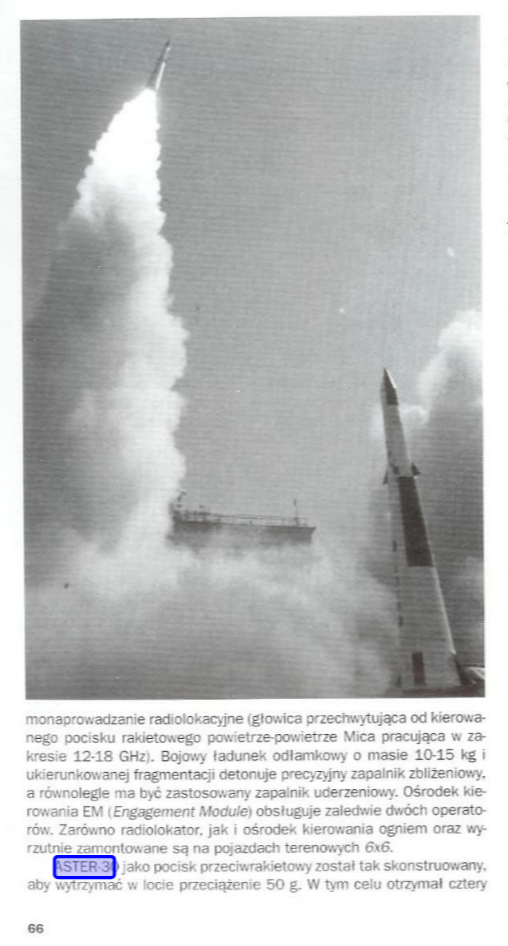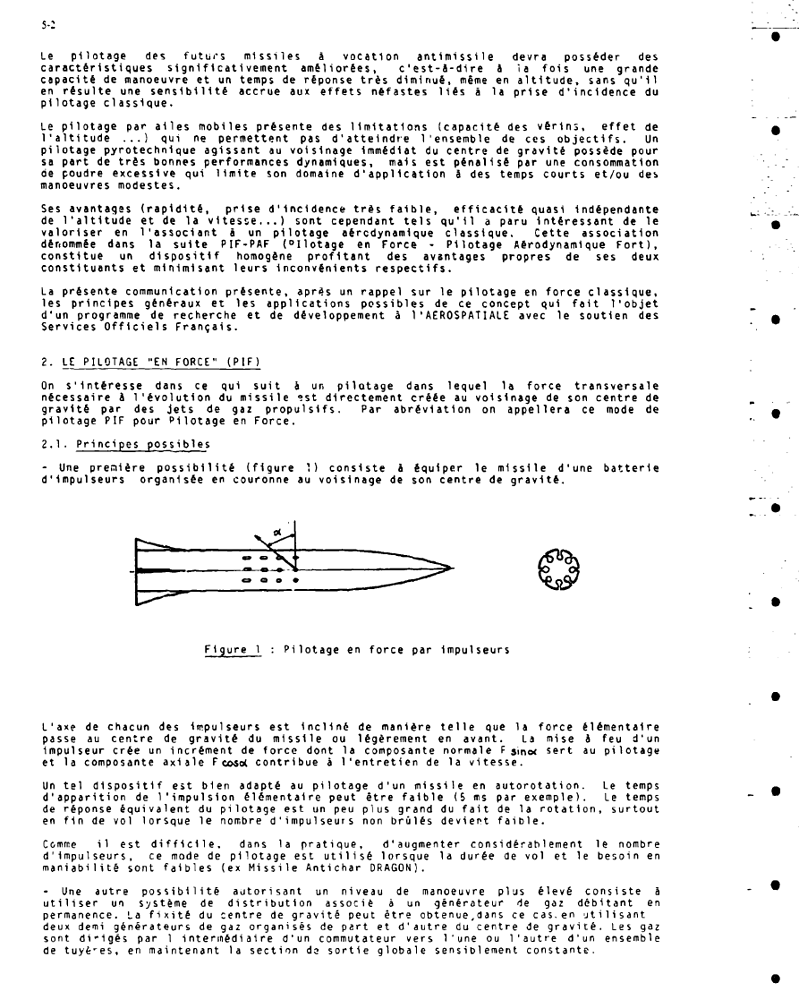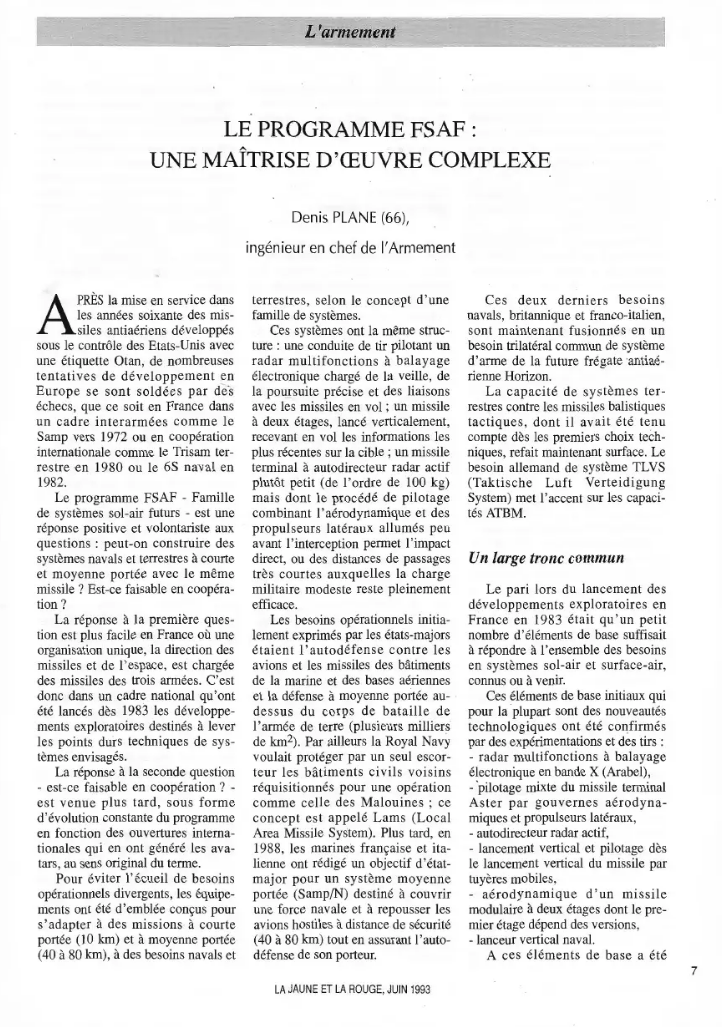- Yes, for France/Italy
- No

Summary
-
Combat Weight: 32-80 tons
-
Number of Crew: 3 People (20 people for an Entire System)
-
Size: Mounted on Renault Kerax 8x8
- Vertical Launch Module
- Length: 10 m
- Width: 3 m
- Height: 3.3 m
- Radar Module
- Length: 10.9 m
- Width: 3 m
- Height: 4.2 m
- Vertical Launch Module
-
Main Armament: Aster 30 Block 1 Missile
- Characteristics
- Measurements
- Weight: 450 kg
- Length: 2.9 m
- Diameter: 180 mm, 380mm (with Booster)
- Propulsion: Solid Propellant, Two-stage motor
- Burn Time: 3.5 seconds (First Stage)
- Second Stage uses a Sustainer Motor
- Warhead: 15kg HE-blast fragmentation with calculated delay proximity fuzing
- Seeker: Utilising MICA’s AD4A Active Radar
- Active Radar Terminal Phase
- Multi-target simultaneous attack
- Up to 10 different targets simultaneously
- Fire and Forget
- High resistance to countermeasures and jamming
- Accuracy in the ≤ 4-metre class (Direct Impact)
- Proximity Fuze: 2 m with high sensitivity at 30 degrees
- Measurements
- Capabilities
- Maneuverability:
- 60G Overload
- Thrust Vectoring (PIF-PAF)
- Interception of Targets performing ≤15G maneuvers
- Guidance:
- Active Radar Homing (ARH) + Inertial Ordnance Guidance (IOG) + Inertia Navigation System (INS) + Data Link (DL) + Mid-Course Update + Lock-on Before Launch (LOBL) + Lock-on After Launch (LOAL)
- Able to track “stealthy” targets
- Range: 3 to 100+ km
- Altitude: 20km
- Speed: Mach 4.5
- Maximum Speed: 1.4 km per second
- Independent Operation or Integrated with Family of Systems
- High Rate of Fire: Back-to-Back Launch capability of missiles within 0.5 seconds
- High Responsiveness: Reacts to alterations of targets within 0.1 seconds of change in pursuit trajectory
- Maneuverability:
- Characteristics
-
Driving Characteristics
- Top Speed: 110 km/h
- Turning Diameter: 12.31m
- Engine Power: 460 hp at 1400 rpm
-
Radar: Thomson-CSF’s Arabel
- Passive Electronically Scanned Array (PESA)
- Frequency: X-band
- Coverage:
- 360 degrees
- Elevation: -10 to +75 degrees
- Range: 70 km (Surveillance Aircraft), 45+ km (Attacking Aircraft), 30 km (Medium and High-Altitude Missiles), 12 km (Sea-skimming Missiles)
- Rotation Rate: 60 rpm
- Datalink Channels: 16
- Refresh Rate: 1 second (Priority Targets) 4 seconds (Non-priority Targets)
- Traceable Targets: 50+
-
Family of Systems:
- Multi-Function Radar Module (MRI)
- Fire Distribution and Control Center (ME)
- Generator Module (MGE)
- Vertical Missile Launcher Module (MLT)
- Missile Loader Module (MRT)
- Repair and Maintenance Modules (SAE and SAM)
History & General Information
Development:
- 1990 - Full-scale development of the Aster 30 and SAMP/T begins.
- 1997- Eurosam commences Production engineering and initial volume production of SAMP/T. In November, an unarmed Aster 30 equipped with its warhead successfully contacted a C22 in a strong countermeasure environment.
- 1999 – Qualification firing trials of SAMP/T begin.
- 2005 – In July, SAMP/T completes its first trail, using the entire system for target acquisition, and tracking using Arabel radar and interception using Aster 30.
- 2008 – In May, SAMP/T begins operational evaluation with the armies of France and Italy, respectively. Test firings are successful for both tests.
- 2010 – The SAMP/T system begins operation in French service.
- 2012 – In June, the SAMP/T system begins operation in Italian service.
- 2013 – In March, The French and Italian armies deployed a NATO-integrated SAMP/T for the first time, successfully intercepting a theater ballistic missile in an interception test.
- 2015 – Completed Development of Aster 30 Block 1
Design & Features:
- Christened as the “Mamba”, SAMP/T is a theatre anti-missile system designed for protection of a battlefield or sensitive tactical strike targets, like airports and seaports
- SAMP/T intercepts all present and future airborne threats, including cruise missiles, manned and unmanned aircraft, anti-radiation missiles, stand-off munitions, and tactical ballistic missiles within the 600km range-class.
- Guidance Systems: Currently, SAMP/T guides Aster 30 utilizing a combination of ARH + IOG + INS + DL + Mid-Course Update + LOBL + LOAL.
- SAMP/T boasts a significant range of 70km track, scan, and guidance, with a more impressive 3 to 100km capability for Aster 30.
- Fire-and-Forget Capability: Once targets are identified by IFF and Radar, Aster 30 is launched, relying on INS for periodic mid-course updates. In terminal phase, the reliance is placed on the active radar seeker to close in and complete the sequence. Minimal operator input is required, as the entire process is autonomous, allowing engagement of multiple targets at the same time.
- All-Weather, Day & Night Capability: SAMP/T and Aster 30 can be employed in various weather conditions, and times of day.
- Aster 30 is capable of tracking and engaging “stealthy” targets.
Operational History:
- The SAMP/T operated during combat in Ukraine and Aster 30 has performed in operations such as the Ukraine War and conflict against Houthis in Yemen.
- The Mamba and Aster 30 have been used in various combat scenarios, including interception of Aircraft, UAVs, Stand-off munitions, and Ballistic targets.
- SAMP/T and the use of Aster 30 are proven, effective weapon systems, with a 98% success rate in combat.
Additional Details:
- SAMP/T is currently in service with France and Italy, with exports to Singapore and Ukraine. Exports to the United Kingdom involve integration of components of the greater FSAF program and Aster missiles; SAMP/T was not exported to the UK.
- SAMP/T’s advanced guidance systems and high responsiveness make it a versatile and adaptable defense system.
Weapon Capabilities and Information
SAMP/T is a complex air defense system designed to provide versatility in engagement of targets and completion of mission objectives.
Seeker Capabilities
Spoiler

Guidance Sequence
Spoiler
The operational engagement sequence of SAMP/T is as follows:
- First detection and immediate detection confirmation commences a track initialization.
- Target identification via IFF subsystem and, if hostile, track formation.
- Threat evaluation (and priority assigned if more than one).
- Target designation and missile launch.
- Inertial mid-course missile guidance.
- Active Radar Terminal Missile Guidance.
- Target interception.
PIF-PAF
Spoiler

- The speed due to the multiplicity of “intermediate” controls and 3D couplings that arise at high AOAs
- The overall admissible response time of a self-guided missile, under penalty of destabilizing it. An example being the combination of AOA and radar aberrations.

MARTHA/MAGICS
Spoiler

SYLVER
Spoiler

Aster 30 Derivatives
Spoiler


SAMP/T NG
Spoiler

The purpose of this thread
War Thunder’s Update “Leviathans,” necessitates a comparable Anti-Air system for the French tech tree. The SAMP/T presents the most practical vehicle with capabilities like contemporaries included in “Leviathans.” This thread exists to help inform and create discussion around one of France’s most modern and successful SPAA.
Photos
References
Spoiler
Videos
Eurosam SAMP/T Systems with Aster Missiles Promotional Reel
MBDA Aster 30 SAMP/T Promotional Reel
MBDA France - The Army of France - Missile ASTER 30
Ministry of the Army Promotional Reel
Documents
AGARD Report 804 - Special Course on Missile Aerodynamics, pg. 1:22, 1:63, 3:3, 3:47, 3:52-3:54









Armada International, 4/2002, August/September, pg. 50-51


Armada International, Issue 3/2012, June/July, pg. 27


Catalogue De Materiels pour les Forces Navales, pg. 424



Jane's Land-Based Air Defence 1992-93, pg. 239-241




Jane's Strategic Weapons Systems, Issue 38, 2003, pg. 281-284





Letter of Information - French Veterans of Texas, April 2013, pg. 2


MBDA Website - Aster 30 - SAMP/T, Januay 6, 2006

Mer et Marine - FOG and INS Technologies, pg. 74

Renault Trucks - Product Knowledge Presentation, September 2015, pg. 25


Patriot Kontra Scud, 1992, pg. 65-66




Theatre BMD - A DACS design for the Aster Block 2 Kill Vehicle, MBDA - Safran







Summary of (Valid) Bug Reports
Accepted:
- Arabel Radar related:
- Arabel Incorrect Radar Coverage Community Bug Reporting System
- Arabel Radar should have Backscan Capability Community Bug Reporting System
- Arabel Radar should have Large Scan Deflection Community Bug Reporting System
- Arabel should detect and confirm targets at the same time Community Bug Reporting System
- Arabel Radar Incorrect Range Community Bug Reporting System
- SAMP/T (General) related:
- FSAF SAMP/T (Mamba) (TEL) Incorrect Name Community Bug Reporting System
- FSAF SAMP/T (Mamba) (TADS) Incorrect Name Community Bug Reporting System
- Renault Kerax Incorrect Top Speed Community Bug Reporting System
- SAMP/T Camera Lock Bug Community Bug Reporting System
- Aster 30 related:
- Aster 30 Incorrect Name Community Bug Reporting System
- Aster 30 Incorrect Time to Kill/Travel Community Bug Reporting System
- Aster 30 Wrong Warhead Community Bug Reporting System
- Aster 30 Incorrect Minimum Interception Range Community Bug Reporting System
- Aster 30 should work in Multipath Community Bug Reporting System
- Aster 30 First Stage Modelled Incorrectly Community Bug Reporting System
- Aster 30 Incorrect Range Community Bug Reporting System
- Aster 30 Terminal Dart Incorrect Overload Community Bug Reporting System
- Aster 30 should have Ku Band Seeker Community Bug Reporting System
- Aster 30 does not meet required scenario Community Bug Reporting System
- Aster 30 should achieve a speed of Mach 5 Community Bug Reporting System
Info requested:
- N/A
Open:
- N/A
Fixed:
- Aster 30 Cannot Intercept Munitions Community Bug Reporting System
- Renault Kerax Incorrect Engine Power Community Bug Reporting System
- Arabel radar should have datalink for up to 10 missiles. Community Bug Reporting System






























































































